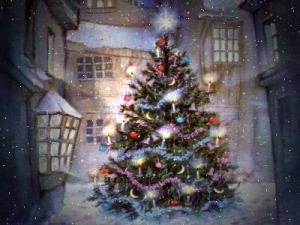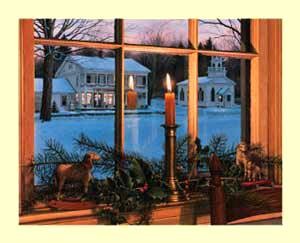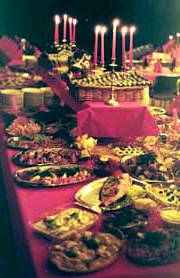Gifts
When it comes to gifts, most like to go all out, especially when the Christmas season comes around. In the Gallup poll, they expected the amount people would spend on gifts would be around $800. It is hard to imagine that people spend this much on gifts, but this wasn’t even close to the real amount that people spend during the Christmas season. Deloitte found that we will spend around $1,400 on presents. But this study was done in 2019. We would think that it would be hard to spend this much money, but it starts to add up. Adding up the money after we bought all the gifts is when we realize how much money we actually spent. This is also the season of giving, so more people are generous with their gifts.
*Extra Fact
Did you know that the Statue of Liberty is the largest gift that has been given? France gave the statue to the USA, in 1886. It stands over 150 feet and weighs about 225 tons.
Christmas Cards
The first Christmas card was believed to be sent in 1843. It was sent by Sir Henry Cole to his grandmother. It was hand-colored by John Calcott Horsley. He drew a multigenerational family at a Christmas party. Originally, there was about 1,000 cards, but now there is about 12 that exist. In 2001, one of his Christmas cards was put up for auction and someone paid around $30,000 for it. This makes it the most expensive card. Today, there are about a billion and a half Christmas cards that are sent out each year. This is only in the USA. There are about 1.6 billion people that will still send out physical greeting cards each year. Hallmark says that millennials are 20% of the people that spend their money on greeting cards. The amount of money millennials are willing to spend on greetings cards are increasing faster than any other generation.
*Extra Fact
In 2017, the smallest Christmas card was made. It was made in the U.K.’s National Physical Laboratory. The size of the card is around 15 microns wide and 20 microns tall. To make this more imaginable, it would take around 200 million of these cards to cover a single postage stamp. This card was not only for fun, but to test what technology is capable of doing.
City Traditions
In Stockbridge, Massachusetts, they recreate one of Norman Rockwell Christmas paintings. This happens each year, in December. This specific scene was found in the Stockbridge Main Street at Christmas, in 1967. The town would even put vintage auto mobiles in the original spots, to match the pictures. In Chandler, Arizona, they have a 30 foot tumbleweed Christmas tree. Parks Department workers will collect around 1,000 tumbleweeds to make this tree. The tumbleweeds are then attached to a wire, to form the Christmas tree shape. After the tumbleweed Christmas tree is made, the people will cover the tree with about 20-50 gallons of flame retardant. After this is all done, they will cover the tree in white paint and tons of glitter. Finally, they will add a star on top of the Christmas tree, with lights.
*Extra Fact
Did you know that the Japanese will eat KFC on Christmas? This started because Takeshi Okawara, the first manager of the first KFC in Japan, overheard that foreigners missed having turkey on Christmas. In the middle of the night, he came up with the idea of ‘party barrel’.




